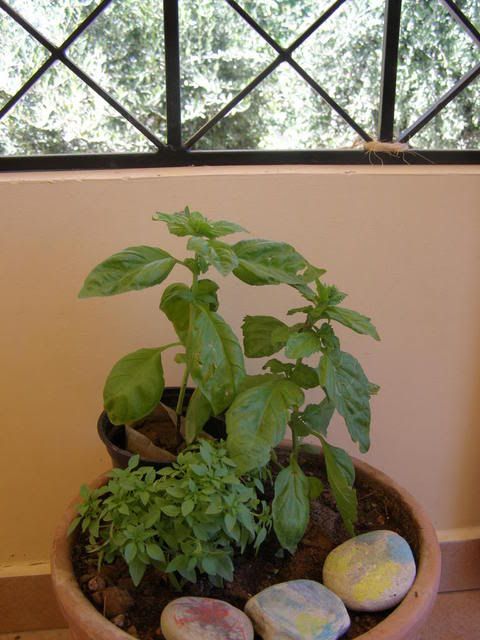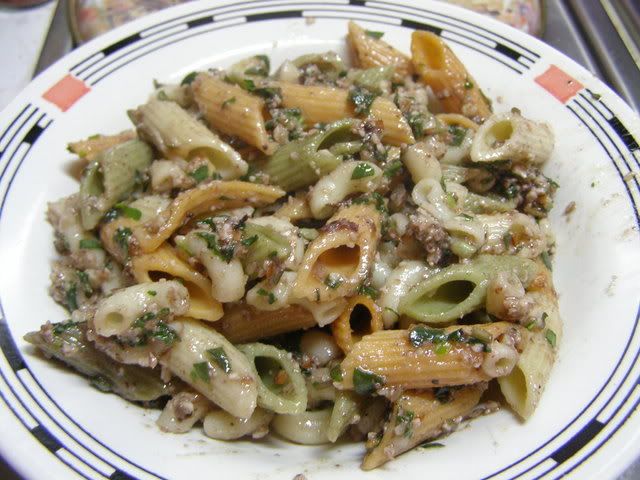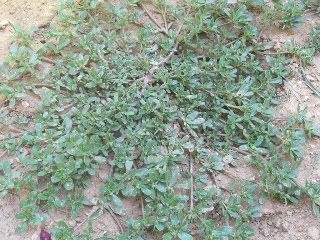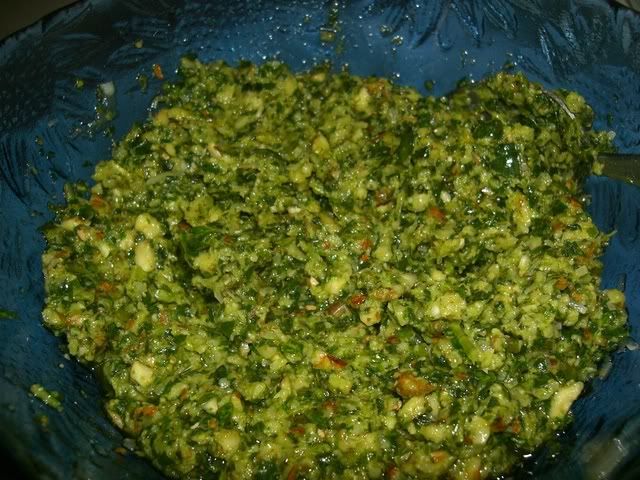Our house in New Zealand was filled with pot plants. The living room, the TV room, the dining room, as well as the kitchen, they were all filled with all sorts of flowering plants - I remember mainly begonias - while aromatic basil was one of the most popular that my mother grew on the windowsills. Weather conditions in the land of the long white cloud meant that not everything could grow in the garden of our Wellington home, which is why the house was forced to become a greenhouse for the greater part of the year.

Basil is the most important aromatic plant in the Greek Orthodox church. When the priest blesses holy water, he does so with a cross and a large bunch of basil. When the believers file past solemnly to be blessed by the priest, he douses the basil in the holy water, pats it on the congregation's head and gives everyone the cross to kiss. On Good Friday, basil adorns the Epitaph (the tomb of Christ), being one of the main aromatic plants. No village porch or back yard is amiss of basil, which grows in various shapes and sizes, from tiny bead-like droplets to leaves large enough to be made into dolmadakia, from bushy pot plants to large outdoor shrubs, in various shades of the colour green.

I like to brush my clothes and hands past basil as I walk alongside a bush or pot plant. It leaves behind the most alluring aroma, a short-lived whiff of expensive perfume, like a highly scented rose. I'm sure most Greeks will agree that a house without basil is like a house that never sees the sun. The aroma of basil is so strong, that if you touch even one leaf, your fingers will be scented for a good few minutes.
The culinary world knows basil well. Italian cooking uses it wherever the Greek recipes call for oregano. The Venetians left behind a legacy during the time they ruled over Crete, but it seems that their culinary practices did not catch on (which doesn't surprise me as the local people of Crete did not see eye to eye with the Venetians, as is my understanding from the literature). Given its abundance in Greece, why is it that the traditional Cretan cook does not use it more often in the preparation of meals? My Psilakis (6th edition) cookbook makes no mention of its use in any recipe. We'll go to great lengths to source Tamus creticus and Solanum nigrum (both considered poisonous to a certain extent), but we won't snip off a bit of basil from our own garden to add to our dolmades mixture, even if we're out of parsley, mint, dill or fennel, the main fresh herbs used in Crete (dried herbs are usually limited to thyme, oregano and bay leaves).

Recently, a friend of mine well versed in the culinary practices of old-time Crete served me a pesto sauce using basil that she had growing in her garden, together with a good dose of garlic and olive oil. The ground almonds made it a filling protein-filled sauce for thick tubular macaroni, as well as being an appropriately scented summer meal. As this is a no-cook sauce, the ingredients have to be as pure as possible; pesticide residues and other sources of contamination that taint the aromas of the fresh ingredients will affect this meal immensely.
Despite thoroughly enjoying the pesto meal, when wanting to copy the recipe in my own home, I still couldn't bring myself to harvest garden fresh basil for my sauce. It is used in Greece by some cooks, especially in combination with tomato and capers, for spaghetti and pizza bases. Pesto is definitely not a traditional pasta sauce in Greece, but it's becoming more popular in the context of a growing interest in international cuisine. Its colour may be off-putting to the average Greek eater; green sauces are a rarity in Greek cuisine. But it is truly delicious and light, perfect as an apres-swimming meal, especially since it can be made in literally just a few minutes while the pasta's boiling.

My pesto contains my favorite summer herb, purslane, known in Crete as 'glistrida', with widespread use in salads. It is literally rampant in our garden, growing wherever there is a plant being irrigated and in all the run-off channels. Purslane has a sweet taste perfect for salad, so for a sharper spicy taste, I also added a few rocket (arugula) leaves (known as 'roka' in Greek). My only regret about purslane is that it doesn't grow in winter; as invasive as it is in summer, so are nettles in colder weather.

I was inspired to make this after seeing the Weekend Herb Blogging round-up hosted by Briciole, which included a variety of pestos all made with different greens: asparagus, purslane, and various basil varieties.
You need:
3-5 cloves of garlic, according to taste, minced finely
a wineglass of ground almonds (they are more impressive without their skin)
a small glass of olive oil
at least a cup of fresh pesticide-free purslane and rocket leaves
a teaspoon of balsamic vinegar
salt (pepper is optional; the rocket is spicy enough)
Whizzed everything together in a mini food processor, the well known multi-mouli, the time-saving arthritis-delaying kitchen gadget no cook can be without: voila, there's your sauce. Serve over tubular macaroni with or without grated parmesan. This meal needs very little else, apart from a good chilled white wine.
©All Rights Reserved/Organically cooked. No part of this blog may be reproduced and/or copied by any means without prior consent from Maria Verivaki.
I'm going to have to give these greens a try! I love your "wineglass" measurement method!
ReplyDeleteOops, hit enter too soon. Meant to say what a great family photo! I love the table cloth, too, and it looks like someone was celebrating a birthday maybe?
ReplyDeleteImagine my surprise when the first sentence of your latest entry read, "Our house in New Zealand was filled with pot plants." I don't know how it is in your Crete, but here in mine, pot plants are marijuana!! I got a chuckle over that.
ReplyDeleteYep, I did a double take at the picture when I read your first sentence about "pot plants." Like the lady said, in the US this means marijuana - plants in pots would be called potted plants. You gave me a good laugh though! That large leaf basil you have would be wonderful for pesto. Or you could just try Mariana's basil dolmades!
ReplyDeleteThe pasta dish is beautiful, healthy and the coloured penne enhances it all.
ReplyDeleteWonderful combination of greens and a beautiful family photo! (hmm...I'd recognize these eyes anywhere.)
ReplyDeleteThank you US Culture for teaching me that purslane is an invasive weed. I never knew it had culinary uses and now I am going to quit weeding the little buggers and give it a shot.
ReplyDeleteI just started growing rocket this year and love it. Can't wait for the weather to cool back down so I can grow even more in the fall.
Basil is definitely my favorite summer herb, but I have a little empty spot in my herb garden, so I'm going to have to hunt down some purslane for next year!
ReplyDeletethanks all for the pot plant commentary - in nz, we use this phrase quite liberally!
ReplyDeleteThanks for clearing that up for me. I was looking on your deck in Athens in a previous post for pot plants...wink...wink...The pesto sounds wonderful:D I came across some arugula and mustard greens so it is off to become pesto for sure:D
ReplyDeleteI've always been rubbish at growing basil - I do like fresh basil, but have to buy it fresh rather than growing it. I was also interested to hear about basil and the Orthodox church - I was reading a blog from Moldova today, which also talked about a group of youngsters with a cross and basil, and I couldn't for the life of me figure out what the basil had to do with anything. So thanks for clearing up that little mystery for me!
ReplyDeleteBasil mmm
ReplyDelete